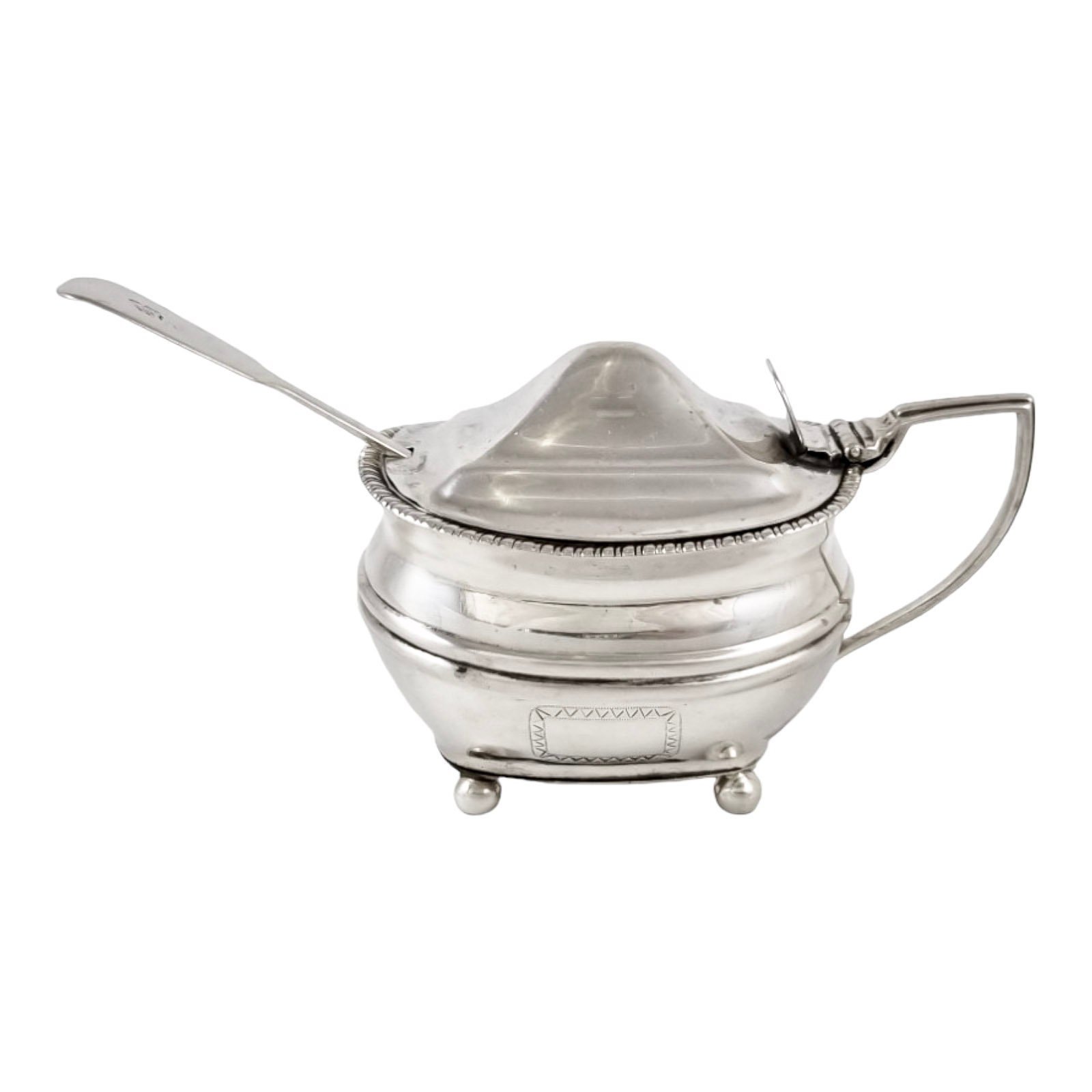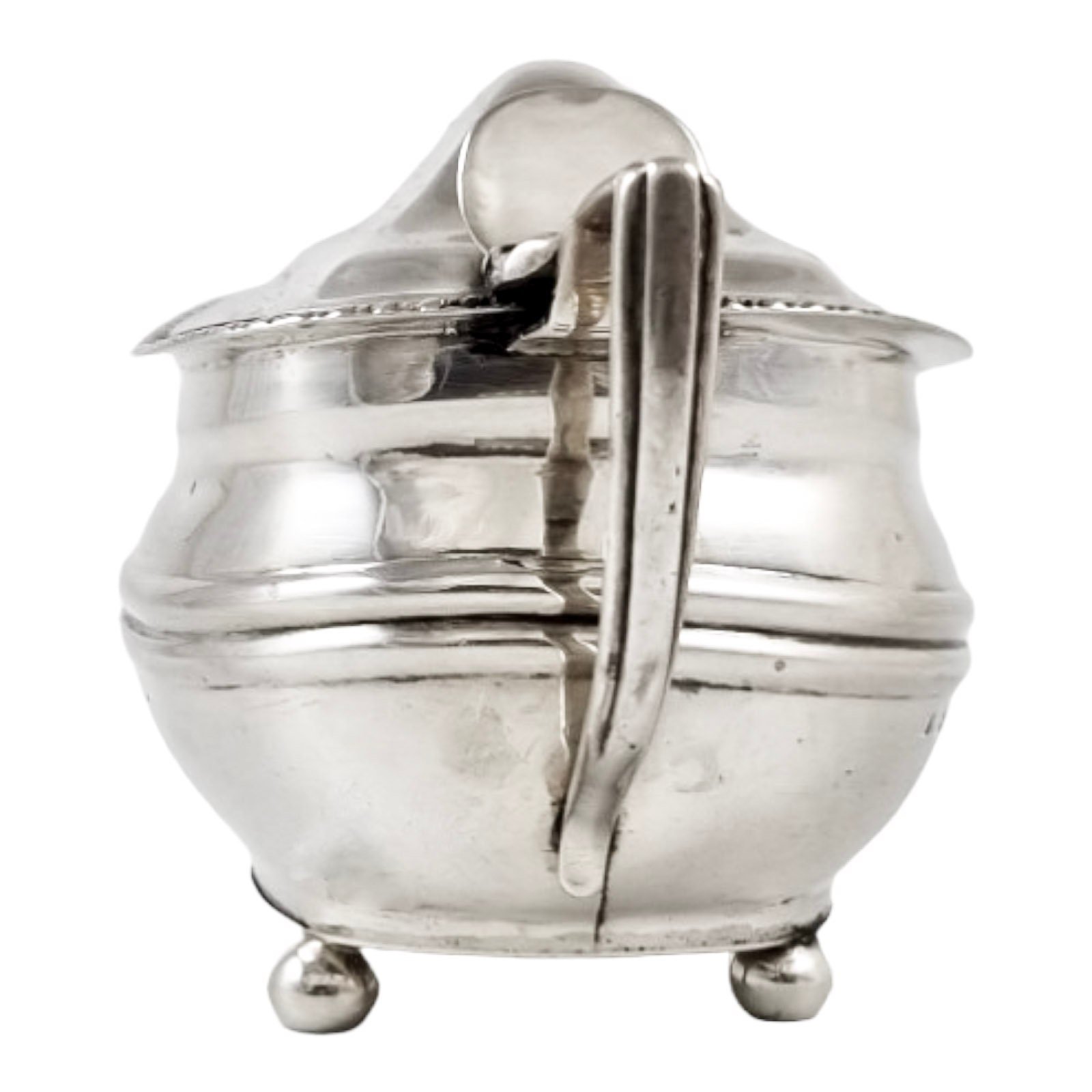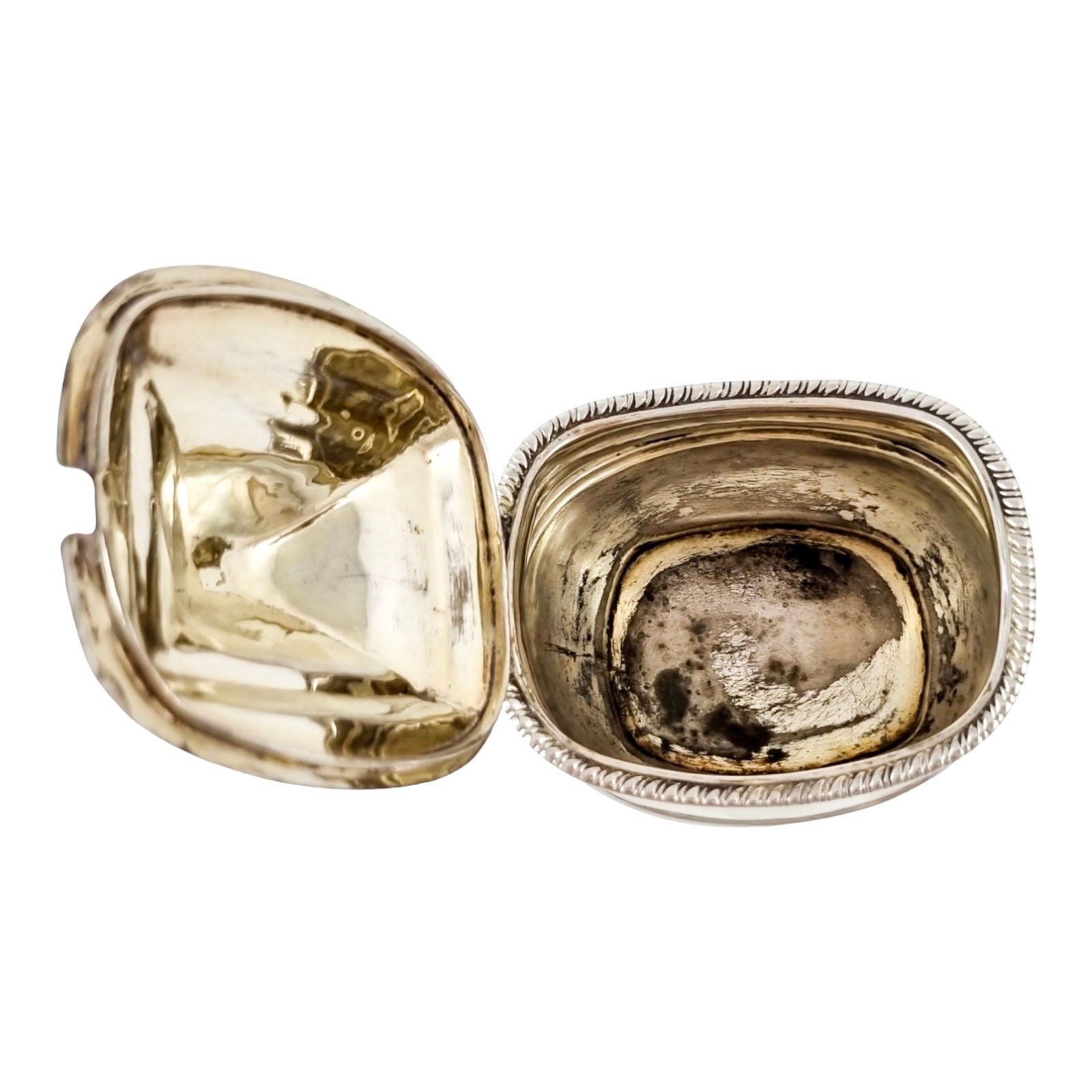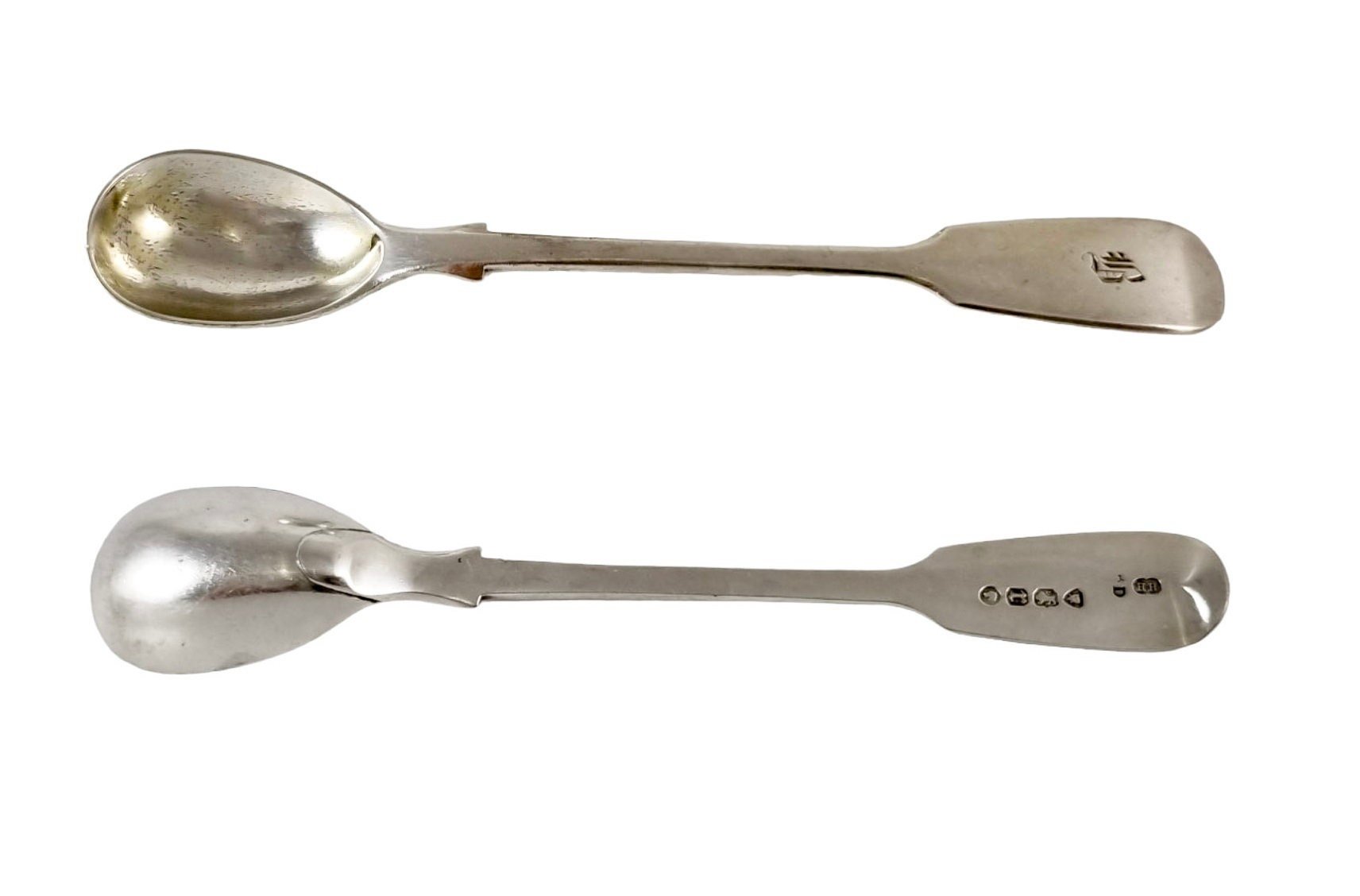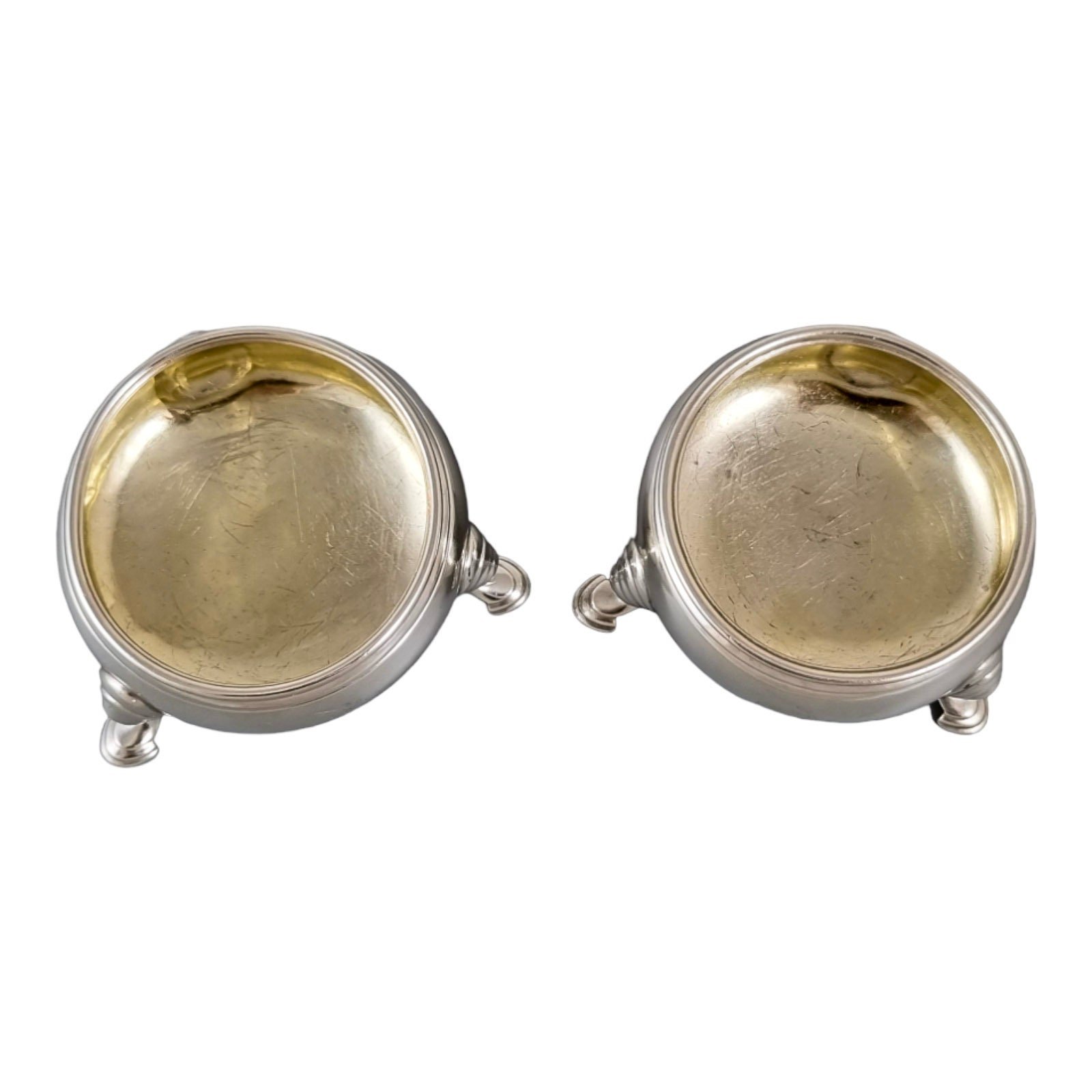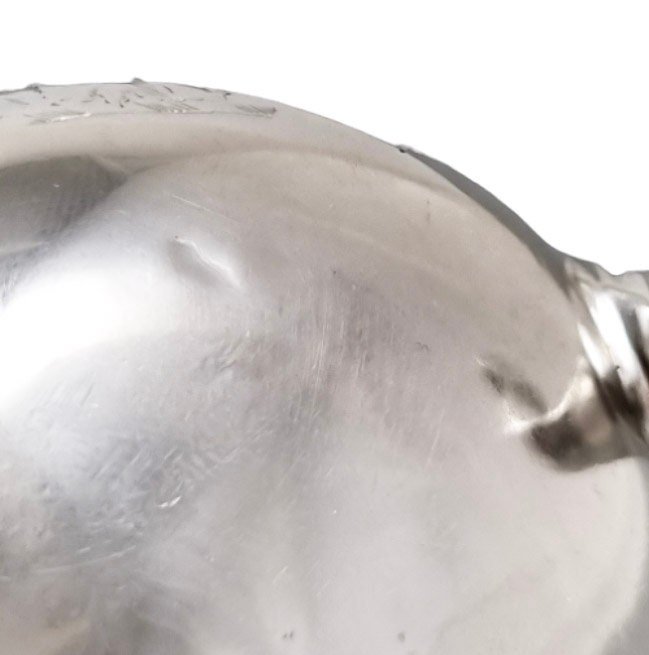 Image 1 of 7
Image 1 of 7

 Image 2 of 7
Image 2 of 7

 Image 3 of 7
Image 3 of 7

 Image 4 of 7
Image 4 of 7

 Image 5 of 7
Image 5 of 7

 Image 6 of 7
Image 6 of 7

 Image 7 of 7
Image 7 of 7








George II sterling silver marrow scoop spoon
Rare George II sterling silver marrow scoop featuring a classic double-ended design with a wide and narrow scoop connected by a central shank.
The hallmarks are deeply and cleanly punched, indicating its excellent 278-year-old condition.
Made by James Wilks and fully hallmarked for London, 1746
52.27 g / 1.68 t oz
22.8 cm long
2.1 cm wide
Excellent antique condition.
Rare George II sterling silver marrow scoop featuring a classic double-ended design with a wide and narrow scoop connected by a central shank.
The hallmarks are deeply and cleanly punched, indicating its excellent 278-year-old condition.
Made by James Wilks and fully hallmarked for London, 1746
52.27 g / 1.68 t oz
22.8 cm long
2.1 cm wide
Excellent antique condition.
In the 1600s, as dinner party etiquette evolved, forks became a fixture on dining tables, offering a less hands-on approach to eating. However, forks had limitations, prompting the creation of the marrow spoon in the 1680s to address the challenge of extracting bone marrow.
Silver marrow scoops were essential utensils during Georgian times, prized for their ability to extract marrowfat from beef bones, considered a delicacy of the era.











